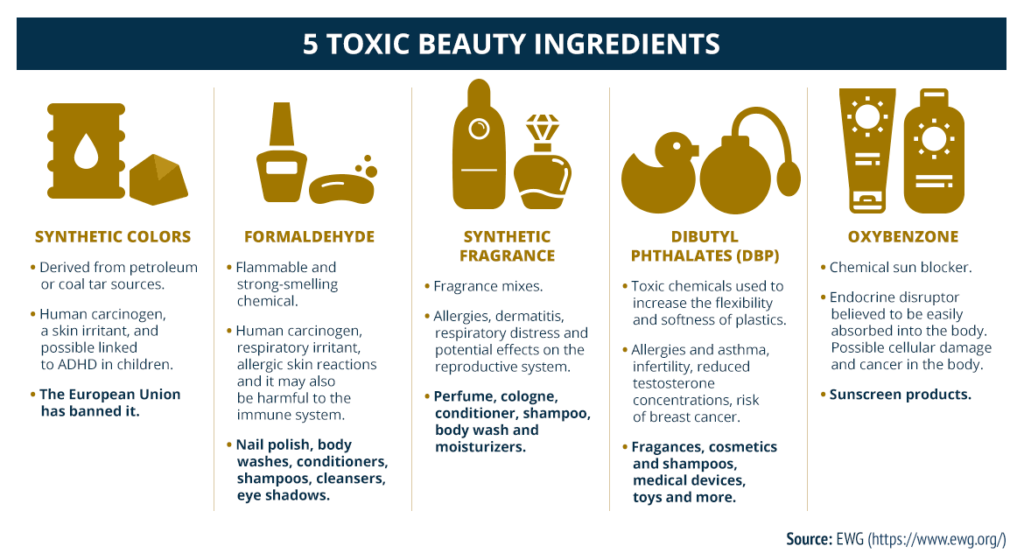According to a study, using personal care products during pregnancy could potentially have adverse effects on maternal hormone levels. Many personal care and beauty products contain ingredients known to disturb hormone systems like toxic metals, parabens, phthalates and phenols – these substances interact with hormone systems by altering regulation, synthesis, metabolism transport reception – making pregnant mothers vulnerable.
This study investigated the correlation between personal care product usage and pregnancy-related sex steroid hormone levels such as progesterone, estrogens and thyroid hormones as well as demographic influences affecting their usage.
One thousand 70 pregnant women between 18-40 years of age enrolled in a study to examine environmental exposures among them and their children living in Puerto Rico provided blood samples.
Physical exams were provided to all of the participants who also completed a number of questionnaires regarding occupation, demographics, lifestyle choices and product use (i.e. cosmetics, fragrances, mouthwash, lotions, shaving cream shaving cream nail polish shampoo and other hair care products like mousse relaxers bleach). Blood samples were taken twice while pregnant for analysis of 9 thyroid and sex steroid hormones.
Researchers recently reported that hair products, particularly bleach, hair dyes, mousse, and relaxers, can contribute to reduced sex steroid hormone levels that play an integral part in fetal development and maintaining pregnancy. Disruption in these hormones could result in adverse maternal and pregnancy outcomes such as preterm birth, growth restriction or low birth weight for both mother and fetus.
Hormone levels fluctuation during gestation may have serious repercussions beyond birth health, including pubertal progression and changes to infant and child development, as well as having an effect on hormone-sensitive cancers such as ovarian, uterine, or breast.
Studies conducted on pregnant women living in Puerto Rico also demonstrated how socioeconomic variables such as education, income and employment status impact the usage of personal care products during gestation. Individuals reporting household incomes of over $100,000 used more personal care products frequently than those with lower household incomes and employed people reported using more cosmetics compared to unemployed ones.
Prior studies have found correlations between personal care product use frequency and socioeconomic markers like education and household income, as well as Latina women’s strong culture of beauty, which may influence consistent use of cosmetics during gestation.

